Bursts of purple and orange in a summer sunset. Smoky gray skies before a thunderstorm. Rippling teal waves in a Caribbean cove. Color can evoke happy emotions and memories. But when these same colors are applied to ribbons and worn in a single loop on a lapel, the emotions are much different.
Over the years, we’ve adopted colors for representing types of cancer; purple for pancreatic, teal for ovarian, pink for breast. The surgeons of University Surgical Associates (USA) are all too familiar with the many colors of cancer, meeting patients every day in the office and the operating room to fight and manage this disease. They remain dedicated to providing excellent and compassionate care to patients facing a cancer diagnosis. When it comes to cancer, a collaborative approach to diagnosis and treatment often results in the best outcomes. That’s why USA surgeons participate in interdisciplinary tumor boards (also called cancer conferences) to provide the most thorough and advanced care for people with cancer.
IMPROVING CARE – ONE DISCUSSION AT A TIME
Since cancer is complex, it often requires multifaceted treatment recommendations. These recommendations are made based on a person’s medical and family history, current health, and treatment options and goals. Their situation presents a specific set of challenges in how they may respond to treatment. That’s why a thorough review and thoughtful discussion among physicians and other professionals mean you benefit from the expertise of not just one physician – but of an entire cancer-fighting team.
“Treating cancer is not always clear cut, and we come together to review and find a better understanding of each patient’s personal situation –it’s like every patient gets a free second opinion from multiple clinicians on their care plan,” says J. Daniel Stanley, M.D., USA general surgeon who specializes in colon and rectal surgery. “Because there are subtleties in every cancer and every person has a different set of health factors, we can adjust the standard guidelines to tailor a treatment plan for every individual.”
This round table discussion brings together the expertise of surgeons, medical oncologists, radiation oncologists, pathologists, radiologists, nurse navigators, social workers and other medical professions to discuss every aspect of a person’s cancer diagnosis. All this to determine an optimal treatment plan. The primary physician will give a presentation on each patient and the initial diagnostic tests, and specific circumstances that might impact the way the cancer is treated. Various specialists will discuss the location of the tumor, how aggressive or non-aggressive the tumor may be and any peculiarities that may already be known.
“The primary doctor ultimately takes responsibility for the recommendation he or she makes to their patient,” Dr. Stanley says. “And sometimes that means objectively presenting the advantages and disadvantages of several treatment plans and determining the best course of treatment together.”
USA surgeons provide cancer care for breast, thyroid, pancreatic, liver, colon, rectal, and skin cancers, melanoma, pediatric cancers and more. For more information find us at universitysurgical.com or 423-267-0466.
CELEBRATING SURVIVORSHIP
Nearly all USA surgeons play a role in cancer treatment and are dedicated to providing the most advanced care available. They work in step with other cancer treatment experts, and community resources to support patients every step of the way – from diagnosis to recovery. As part of our commitment to collaborative care, USA hosted a tropical-themed Survivor’s Lounge at the inaugural Colors of Cancer 10k and fun run on Saturday, June 15.


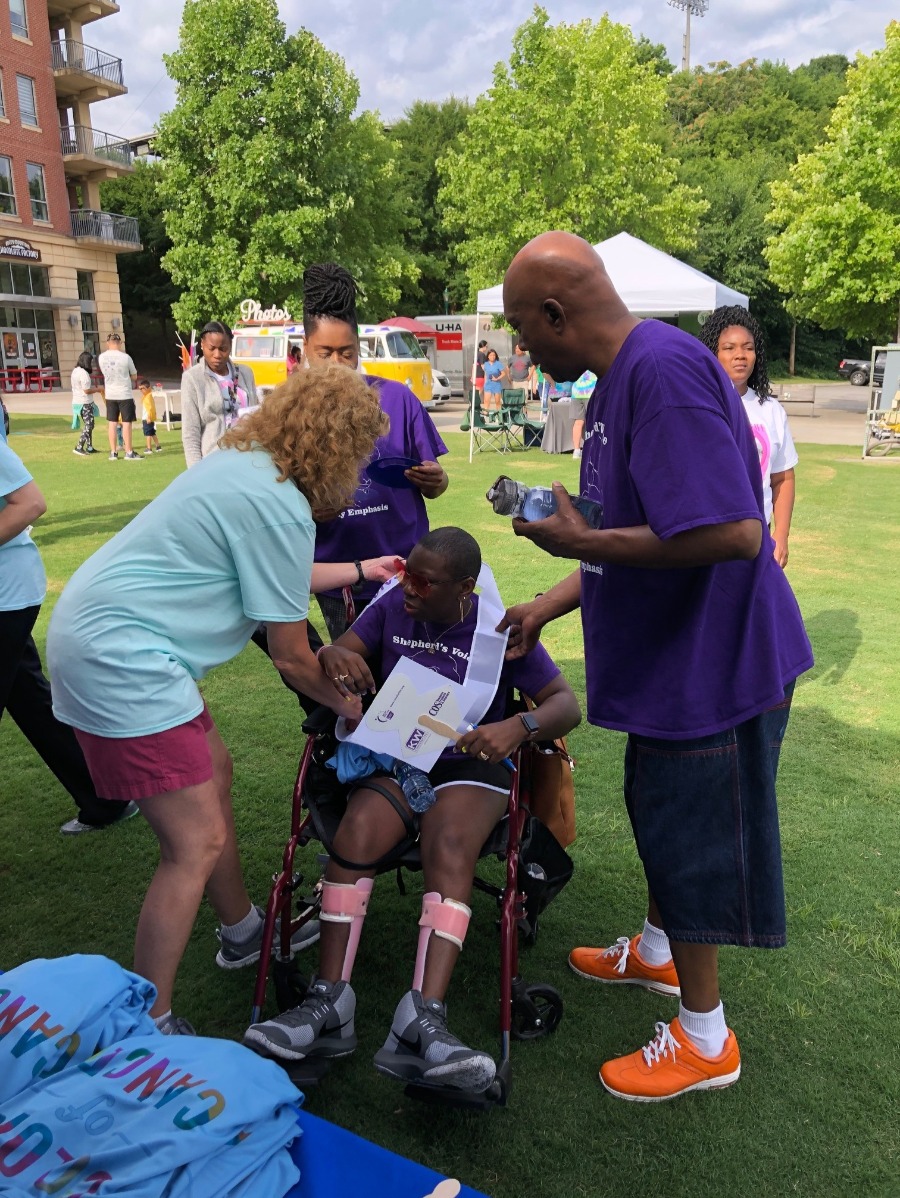
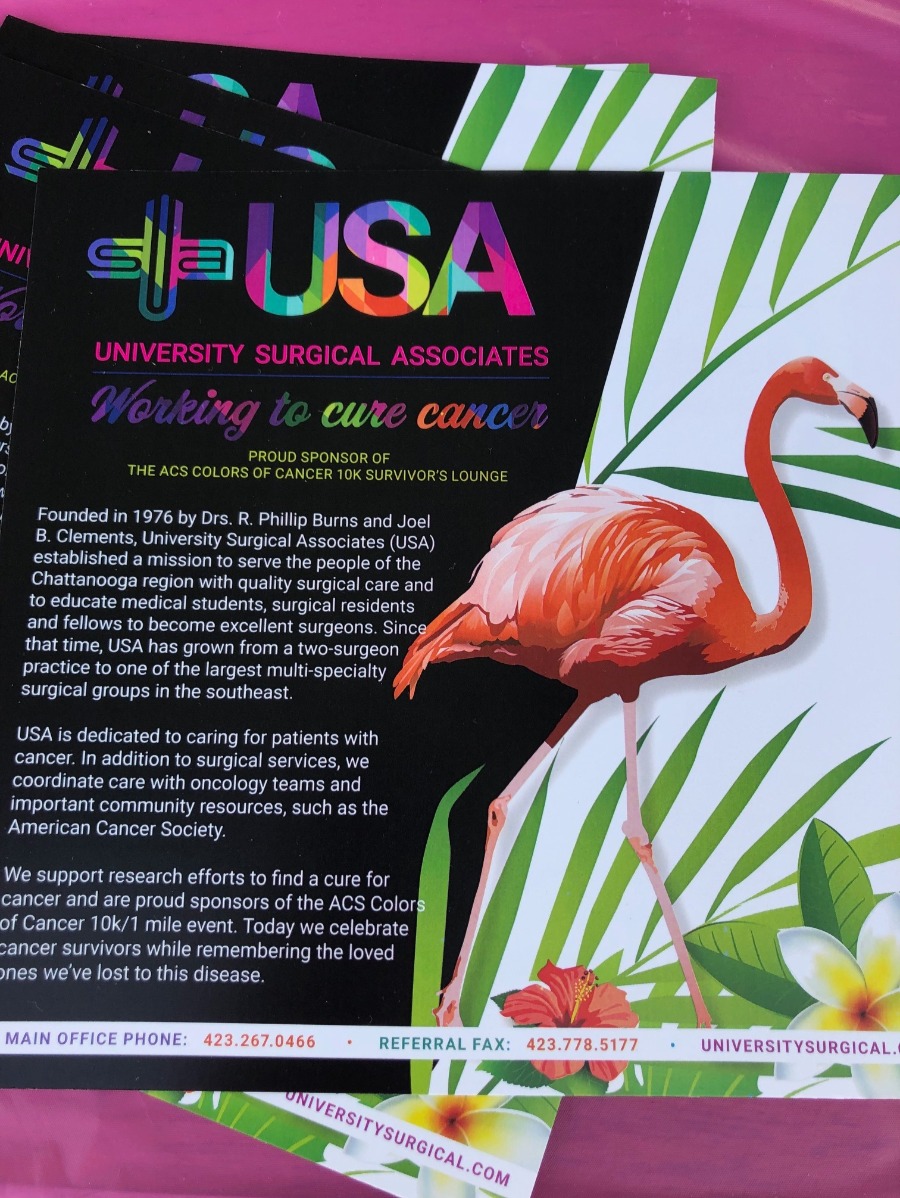


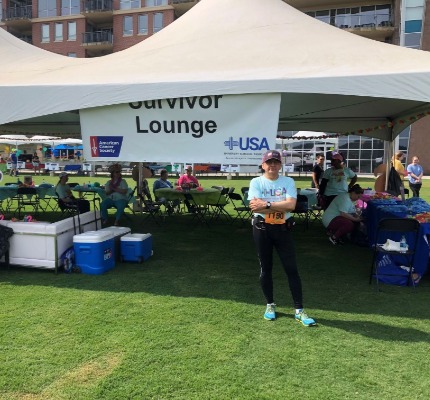
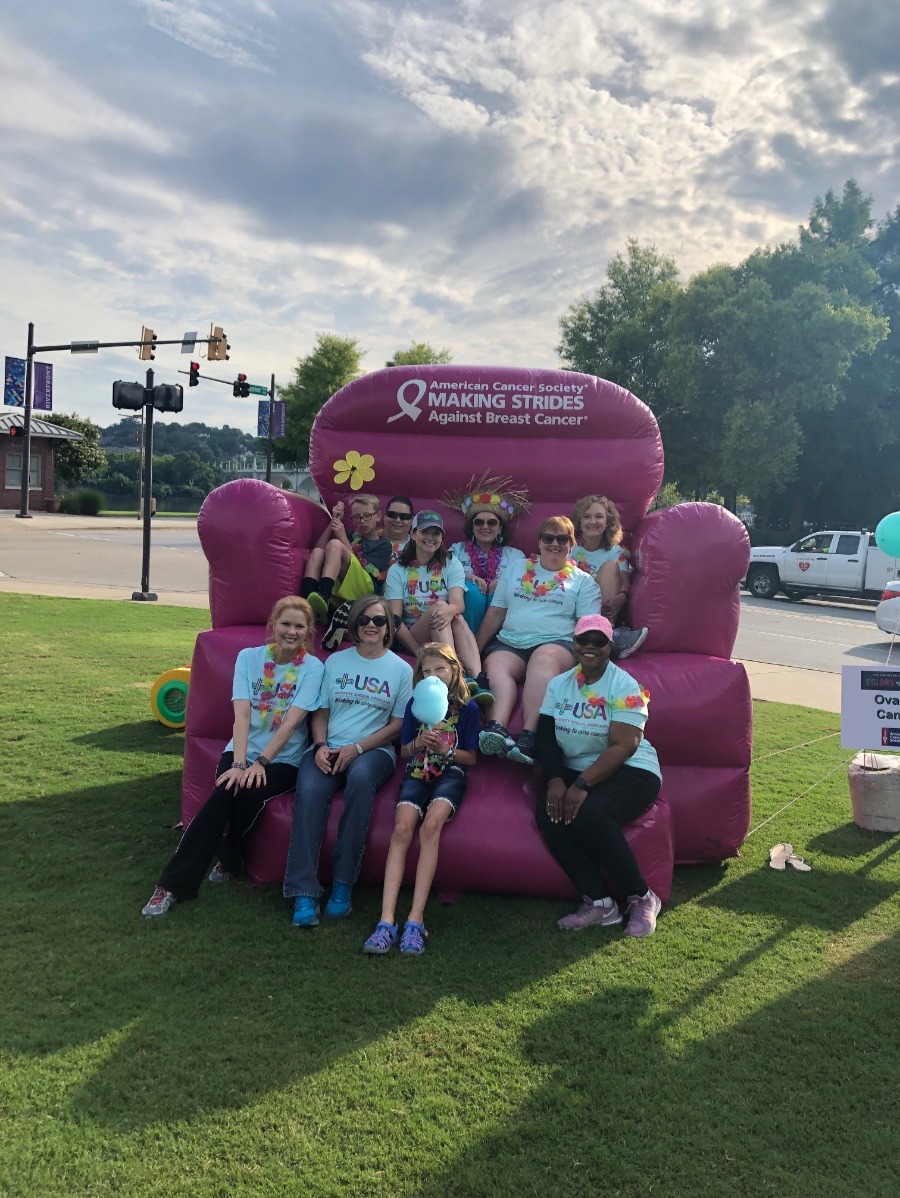
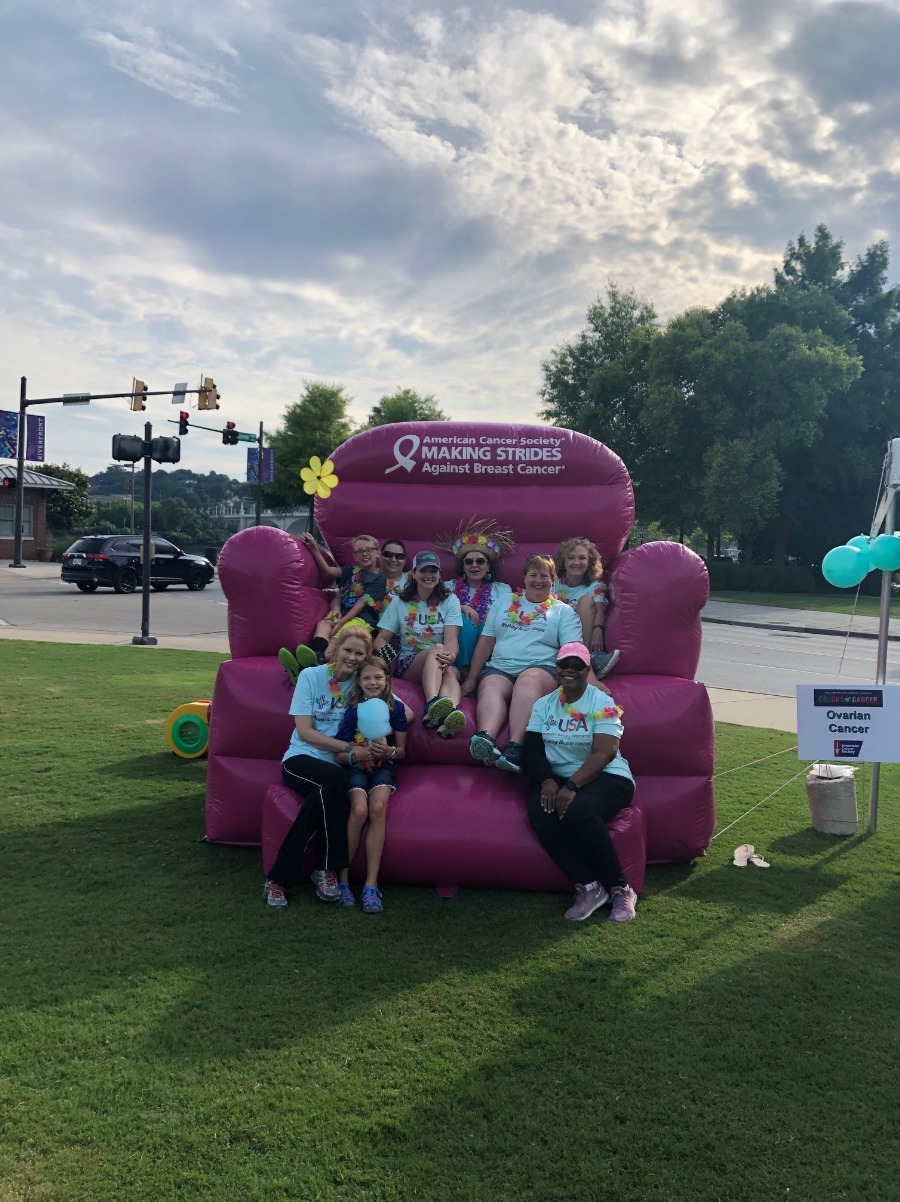

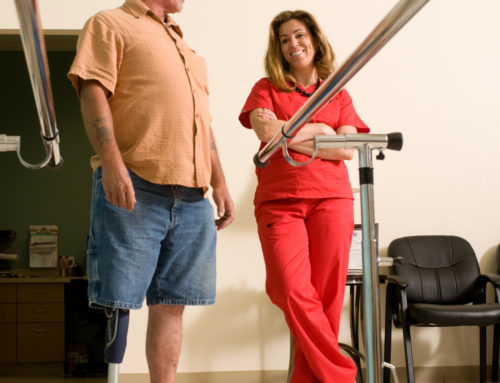
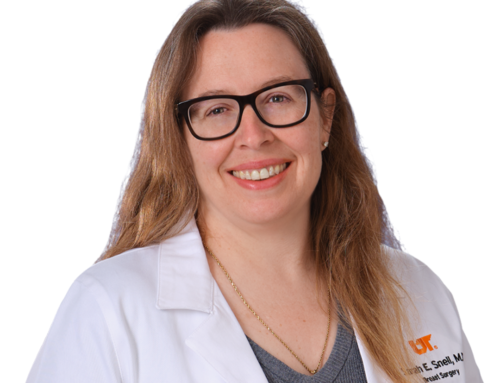



Leave A Comment